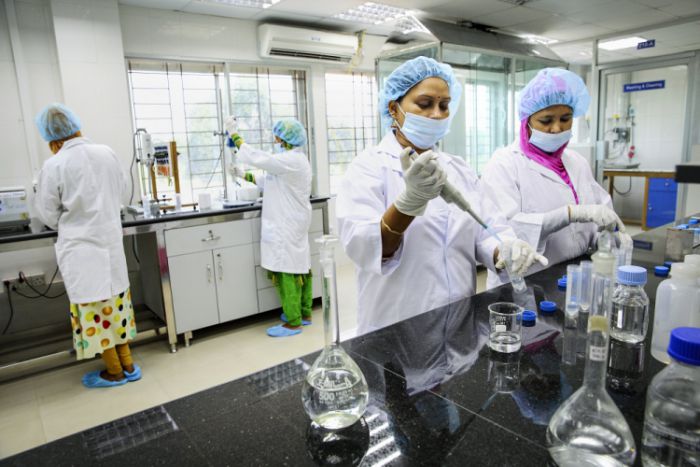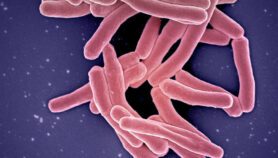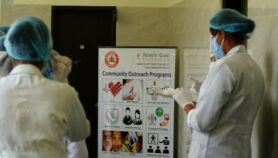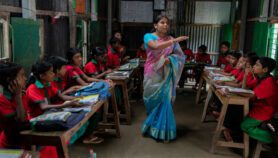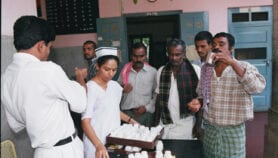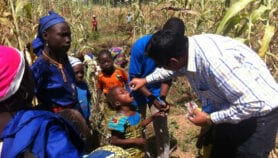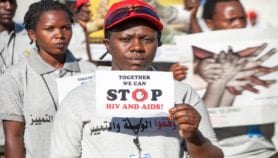By: Luisa Massarani
Send to a friend
The details you provide on this page will not be used to send unsolicited email, and will not be sold to a 3rd party. See privacy policy.
[NEW YORK] Negotiators of the Sustainable Development Goals (SDGs), adopted last week in New York, have stressed the role of science in meeting the wide range of concerns that the new goals aim to address by 2030.
More than 150 heads of state and government, as well as high-level representatives, attended the UN Sustainable Development Summit (25-27 September) and unanimously approved Transforming our world: 2030 Agenda for Sustainable Development.
The agenda includes 17 SDGs (and 169 targets) — nine more goals than the Millennium Development Goals (MDGs) agreed in 2000. They cover issues such as conserving the oceans, protecting biodiversity, ensuring access to energy and “taking urgent action on climate change”.
“They are very comprehensive and really cover the most important aspects of life on this planet — for plants, animals and human beings.”
Flavia Schlegel, UNESCO
Flavia Schlegel, assistant director-general for natural sciences at UNESCO (UN Educational, Scientific and Cultural Organization), says they are an “inspiring package of goals” and owe much to underpinning scientific evidence.
“They are very comprehensive and really cover the most important aspects of life on this planet — for plants, animals and human beings,” she tells SciDev.Net, adding that the goals’ diversity also means that “they are all interlinked”.
At the UN conference, Schlegel drew attention to the important role that science will play in the post-2015 development agenda: “Goals [about] water, energy, biodiversity, ocean and climate change are heavily dependent on science, but there is also a cross-cutting issue through the whole agenda —that science, technology and innovation will really be a driving force for development.”
Romain Murenzi, executive director of The World Academy of Sciences, says the 2030 development agenda is a comprehensive plan for national and global socioeconomic development, but needs to be backed up with sufficient finance.
“It will require greater investment in education at all levels,” he says. “It will also require investment in science, technology and innovation not only for economic growth, but also social inclusion — that is, the eradication of extreme poverty through access to food, safe drinking water and sanitation.”
Murenzi adds that including people of the developing world in science and fostering South-South collaboration is essential to ensuring that knowledge from all over the world is taken into account when the goals are implemented.
“Some countries in the south, such as Brazil, China, India, South Africa, Mexico and Turkey, have had tremendous economic development and also tremendous advances in science and technology,” he says.Some researchers and policymakers are concerned that the large number of targets and indicators within the goals could be confusing. Harald Schmidt, a health policy academic at the University of Pennsylvania, United States, says that within the health goal, for example, it would make sense for policymakers to prioritise the targets that benefit the worst-off groups.
He stresses the need for practical guidance for policymakers who may struggle to understand and incorporate relevant scientific evidence and apply it fairly across their policies.
The next step in the 2030 development agenda will be defining indicators to measure whether the SGDs are progressing or not, which are expected to be published by September 2016.


